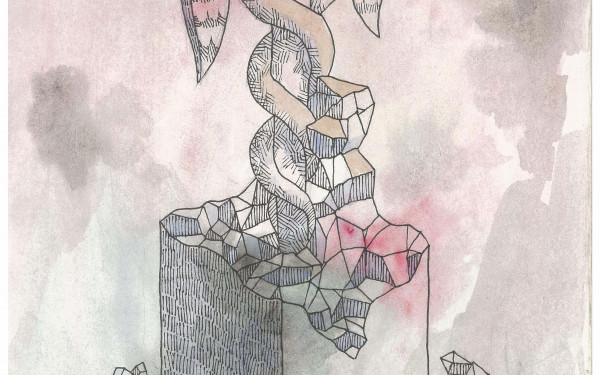Canada Put Children in Human Zoos
A People’s History of Canada Column
The first known quintuplets to survive infancy, the Dionne quintuplets’ birth was something of an extraordinary event.
Yvonne, Annette, Cécile, Émilie and Marie Dionne were born two months premature on May 28, 1934 just outside Callander, Ontario to Olivia-Édouard and Elzire Dionne.
When they were born, doctors didn’t even know quintuplets were possible, let alone able to survive outside of the womb.
News of the unique birth was picked up by a local newspaper thanks to a tip-off from a relative of the father, and soon it spread all over North America. Donations and advice from all over the continent came pouring in to help the family and the newborns, including medical supplies and various early-century parenting tips, like burnt rye whiskey to prevent diarrhea.
Still poor despite donations and now with 10 children, the family was approached by exhibitors of the Chicago Century of Progress fair to put the girls on display as medical marvels. Their parents accepted the offer, but the Ontario government intervened, raising worries that the quintuplets may have been in danger and that they may have been exploited. The government stated the Dionne’s were “unfit to raise these children,” and took them away—but not any of their other five children—and then committed a great hypocrisy.
Across the street from their birthplace, the Ontario government built the Dafoe Hospital and Nursery, which functioned more like a human zoo than a medical institution. The girls were forced to live inside the facility, kept in with barbed wire fencing, and cut off from the outside world. They were treated as a display for both the benefits of research and the amazement of tourists from around the globe.
Dr. Dafoe, nurses and maids arranged a strict schedule for the girls and looked after the five girls. Inspection by Dafoe, playtime on a publicly viewable playground two or three time a day, rudimentary schooling and prayer made up most of their days.
The girls were separated from their morbidly curious onlookers by one way windows, meaning they could see the girls, but the girls could not see them, further separating them from the world outside. They were presented and treated as a group instead of as individuals, wearing matching outfits distinguished from each other only by a single colour and symbol.
The compound, nicknamed “Quintland,” was a smash hit—raising over $51 million in total tourist revenue alone in 1934, surpassing Niagara Falls.
Their parents also partook in the exploitation of their daughters. Olivia-Édouard opened a souvenir shop right by the government compound, selling knick-knacks and autographs. After regaining their custody in 1943, they continued to make money off their daughters’ fame, buying a fancy house and living a lavish lifestyle.
At the age of 18, the girls moved away from their parents and lived quiet lives outside of the spotlight. Émilie died in 1954, Marie in 1970, Yvonne in 2001, and today Annette and Cécile live in Saint-Bruno-de-Montarville. In 1998, the Ontario government was forced to pay a pitifully small sum of $2.8 million to the sisters as part of a settlement for all those years of exploitation.
The story of the Dionne quintuplets is one of child-celebrity exploitation. As the prevalence of showcasing the “bizarre” and “marvelous” grew in the media, so too did the exploitation of “marvels” in shows or expositions. The Dionne quintuplets, after years of exploitation both by the Ontario government and their own parents, managed to escape the abuse spurned by their unwanted fame. But many others did not.
In a world where sharing the fascinating facets of humanity gets easier, so does the possibility of abuse of human anomalies from people in positions of power. It is primordial to continue to protect those who could be abused in the name of celebrity who only want to live their lives.

_600_832_s.png)



_600_375_90_s_c1.jpg)
